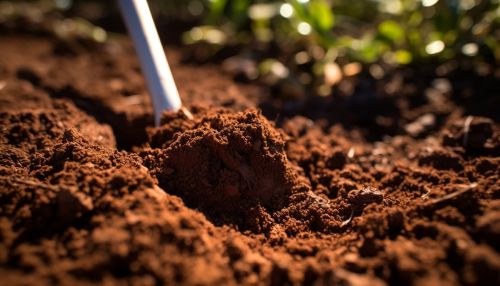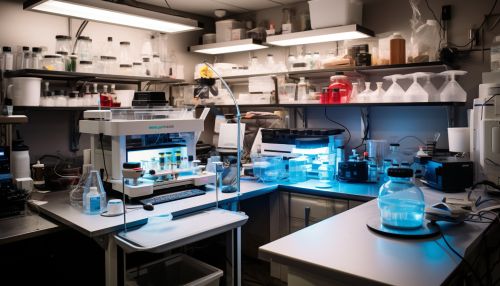The Role of Metagenomics in Soil Health Assessment
Introduction
Metagenomics is a rapidly evolving field that uses high-throughput sequencing technologies to characterize the genetic material of entire communities of organisms. This approach has been particularly useful in the study of microbial communities in soil, where it has provided unprecedented insights into the diversity and function of soil microorganisms. In the context of soil health assessment, metagenomics offers a powerful tool for understanding the role of microbes in soil processes and their response to environmental changes.


Soil Health and Its Importance
Soil health is a critical component of the overall health of our planet. It refers to the continued capacity of soil to function as a vital living ecosystem that sustains plants, animals, and humans. Healthy soil provides essential ecosystem services such as nutrient cycling, water filtration, and carbon sequestration. It also supports plant growth and productivity, which are crucial for food production and biodiversity conservation.
Metagenomics and Soil Microbial Communities
Soil is one of the most diverse ecosystems on Earth, hosting a vast array of microorganisms including bacteria, archaea, fungi, viruses, and other microbes. These microbial communities play a crucial role in soil health, contributing to nutrient cycling, organic matter decomposition, disease suppression, and other soil functions.
Metagenomics allows us to explore this microbial diversity in unprecedented detail. By sequencing the DNA directly from soil samples, we can identify the types of organisms present and their relative abundances, as well as the functional genes they carry. This provides a comprehensive picture of the microbial community structure and function, which can be used to assess soil health.
Metagenomic Approaches to Soil Health Assessment
There are several ways in which metagenomics can be used to assess soil health. One approach is to use metagenomic data to identify indicators of soil health. These could be specific microbial taxa that are known to contribute to soil functions, or functional genes that are associated with these functions. For example, the presence and abundance of nitrogen-fixing bacteria or fungi that decompose organic matter could be used as indicators of soil health.
Another approach is to use metagenomics to study the response of soil microbial communities to environmental changes. This can provide insights into the resilience of soil health under different conditions, such as changes in land use, climate change, or pollution. By comparing the metagenomic profiles of soil samples taken before and after an environmental change, we can identify shifts in microbial community structure and function that may indicate changes in soil health.


Challenges and Future Directions
Despite its potential, the use of metagenomics in soil health assessment also poses several challenges. One of the main challenges is the complexity of soil microbial communities, which can make it difficult to interpret metagenomic data. Moreover, the lack of standardized methods for soil sampling, DNA extraction, and data analysis can lead to inconsistencies between studies.
Despite these challenges, the field of metagenomics holds great promise for advancing our understanding of soil health. Future research should focus on developing standardized methods for soil metagenomics, as well as exploring the use of other omics technologies, such as metatranscriptomics and metaproteomics, to gain a more comprehensive understanding of soil microbial communities and their functions.
